Halo ITSM Migration Guides
How to generate client secret and client ID in Halo ITSM?
To facilitate a smooth data migration from or to Halo ITSM, you require Authorisation Server, Tenant, Client Id, and Client Secret. This way, you can connect your Halo ITSM account to Migration Wizard.
Here’s a simple guide to generate Сlient Secret and Client ID:
1. Go to your Halo ITSM account.
2. Click on Configuration in the left sidebar.

3. Select Integrations under Advanced.

4. Choose Halo ITSM API from a drop-down.
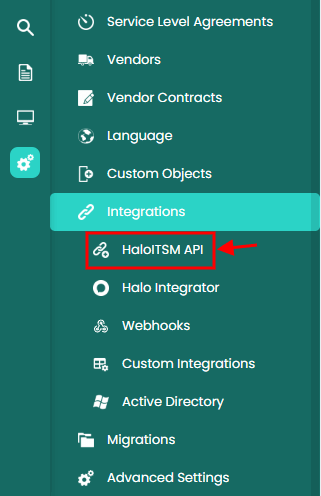
5. Click New in the right corner.

6. Click on View Application under Applications.

7. Apply the following settings in the tab “Details”:
- Fill in the Application name.
- Mark a checkbox next to active.
- Select Client ID and Secret (Services) under Authentication method.
- Choose Agent as login type.
- Select agent as log in as.

8. Copy Client ID and Client Secret.
9. Mark a checkbox next to All in the tab “Permissions”.

10. Click Save to apply settings.
How to switch off notifications in Halo ITSM?
For a smooth and hassle-free data migration to Halo ITSM, it is vital to disable notifications. This precautionary measure will safeguard against any unwelcome notifications that might disturb the migration process.
Here’s a simple guide to disable notifications in Halo ITSM:
1. Go to your Halo ITSM.
2. Hit the Configuration button in the left sidebar.
3. Click on Notifications from a drop-down menu.

4. Choose General Settings under Optional Features.

5. Clear the checkboxes next to all notification options.
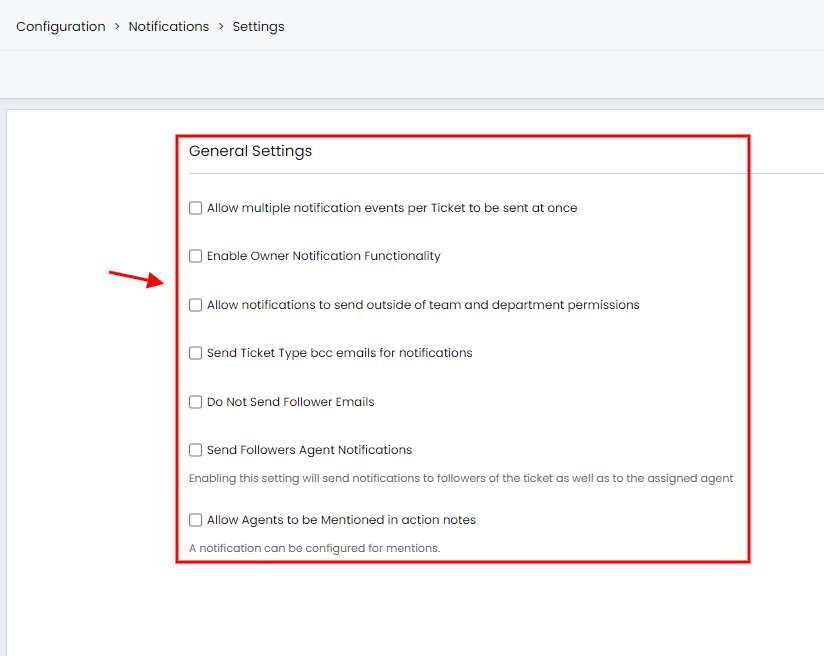
How to deactivate Approval Process in Halo ITSM?
To ensure a smooth migration to Halo ITSM, it's crucial to disable the Approval Process. This ensures accurate transfer of ticket statuses like "Open" or "Closed" to the destination platform.
Follow these steps to switch off the Approval Process:
1. Open your Halo ITSM account.
2. Navigate to the left navigation and click on Configuration.
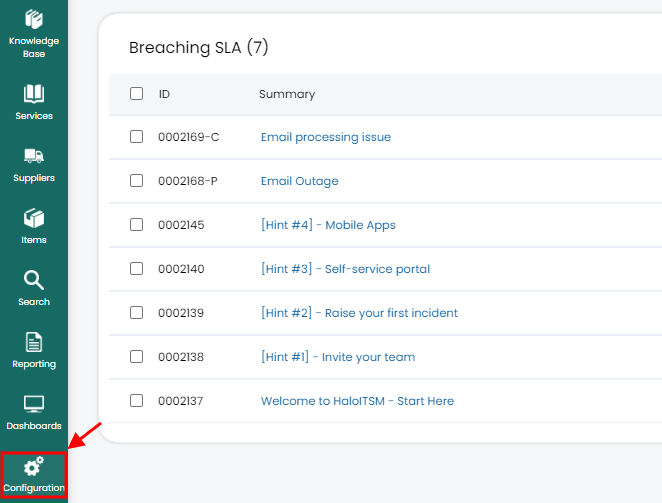
3. Under Tickets, select Ticket Types from the new drop-down menu.
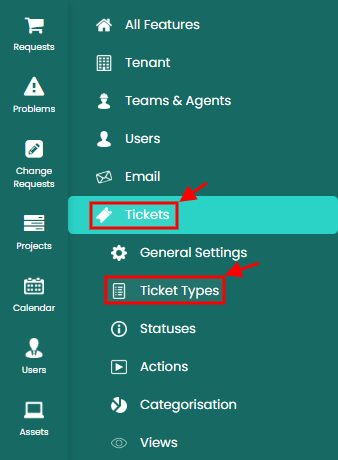
4. Open each ticket type you’re migrating to Halo ITSM.
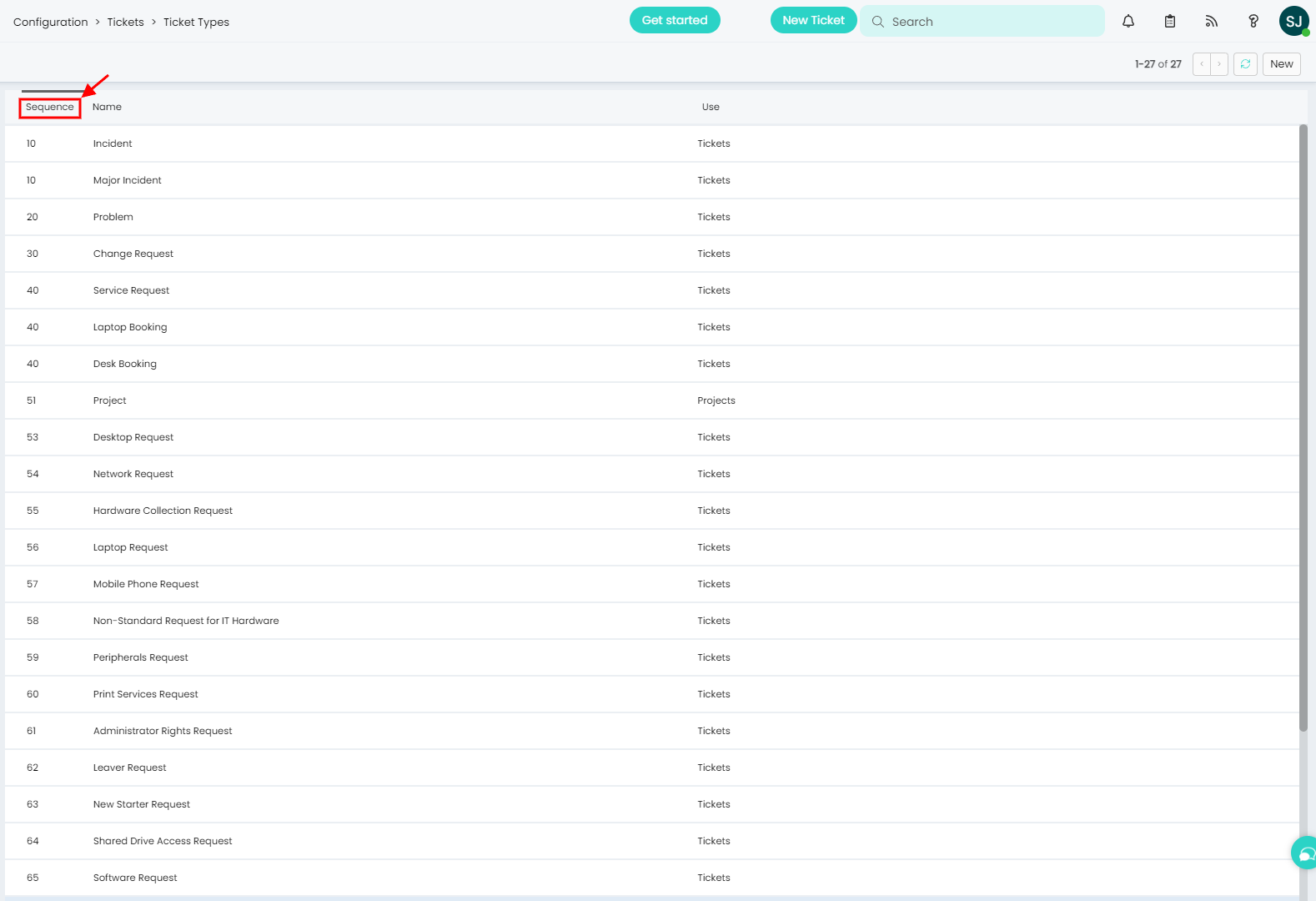
5. Click on Edit.

6. In the Default settings, choose No in the Start an Approval Process field.

7. Click Save to apply the new settings.
8. Repeat this process for every ticket type you want to import.
How to filter data in Halo ITSM?
To filter data in Halo ITSM, follow this guide:
1. Login in Halo ITSM, navigate to Reports and choose Data Sources.
https://drive.google.com/file/d/1dNzCZpFyqyVC1LEqvlUEe8QiPPCymMxb/view?usp=sharing
2. Here you can choose the data entities that you want to filter and specified the reporting period you are interested in, and click Load. In an example selected All incidents and request.
https://drive.google.com/file/d/1xY_ioJksRS9LtAtS3-MypKQIVzBjmPv9/view?usp=sharing
How to edit the required to non-required fields in the Halo ITSM?
To modify the required fields in the incidents in Halo Service Desk, you need to
- 1. Sign in to your Halo Service Desk account
- 2. Go to Tickets > Ticket Types
- 3. Choose Incidents.
https://drive.google.com/file/d/1We0wm4jQnZNhIkVN_cRyRUmY_xGZ9C7z/view?usp=sharing
4. Go to Field List and click edit.
https://drive.google.com/file/d/1kxFpQ-MAJGNnlQ3df2dnMdF4gBQzFIk1/view?usp=drive_link
5. Now click the pencil icon to edit Incident Details.
https://drive.google.com/file/d/1adOxHcSRum3WMegyEQbJOpj5HRAsDs0O/view?usp=drive_link
6. In Details, select Field List and click on a pencil icon next to Category to edit it.
https://drive.google.com/file/d/1tGaLm7quSpN3qciOubW6F6ohuF4HuiCd/view?usp=drive_link
7. Modify the required fields to your specific migration needs.
https://drive.google.com/file/d/1ZPz1sFJjmViGPM6cF7ARdWXWuwaNftZZ/view?usp=drive_link
8. You can apply this setting to related tickets as well. Once done, click the Save button at the bottom of this window.
https://drive.google.com/file/d/1cCyfA2r_PFsjwUG1uTyfNYHRgpeoAJdA/view?usp=sharing
9. Save the Details changes.
https://drive.google.com/file/d/1b_CTsjpaVAlJFFbdl40uZADIh0sDDJhI/view?usp=sharing
10. And save the changes in the Incident.
https://drive.google.com/file/d/19oh82m0RJIqRK1KVf4A1Ltn_jIS_htDB/view?usp=sharing